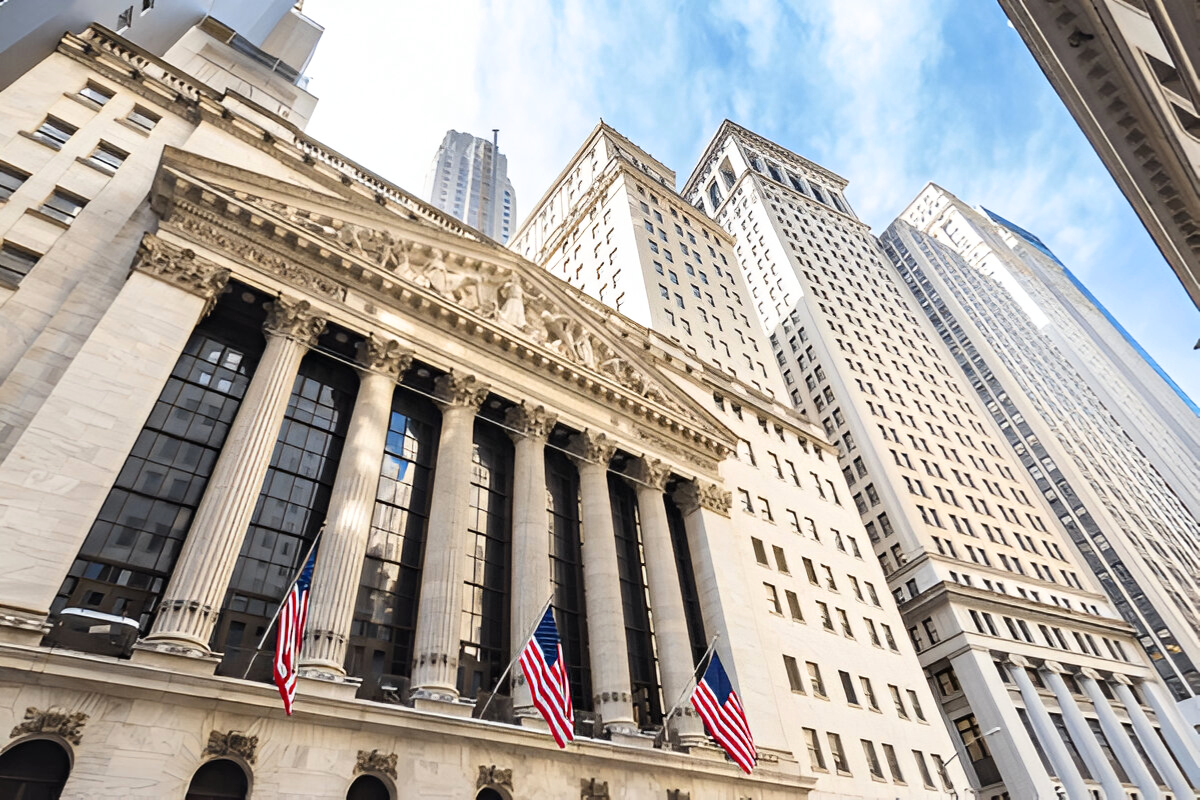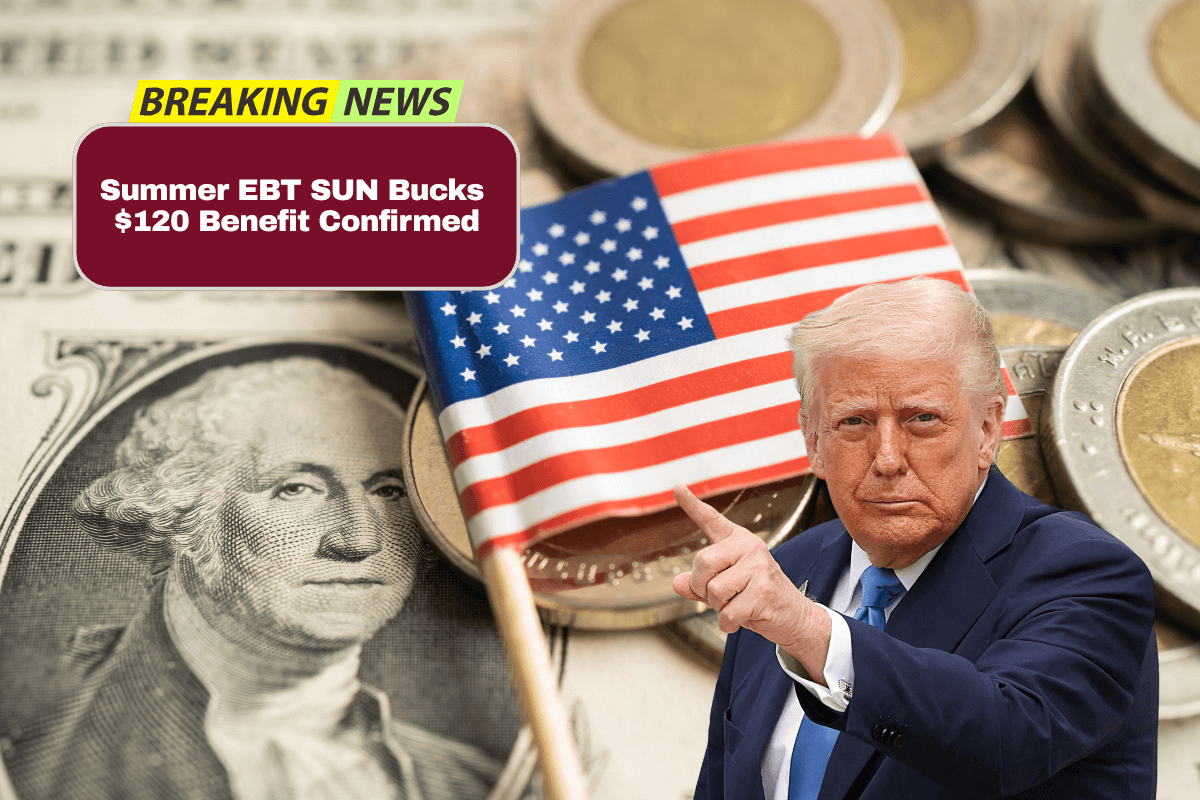Regular Financial Sector Firms Utilize Blockchain Technology
Several U.S. banks, JPMorgan Chase, Bank of America, Citigroup, and Wells Fargo, in particular, are in the early stage of discussions about possibly developing a shared stablecoin, thus marking the trend of the convergence of traditional banking and digital finance. This project is purposed to innovate financial transactions by utilizing blockchain technology to create a digital dollar which is backed by cash or Treasury reserves. This digital dollar will be pegged to the U.S. dollar at a 1-for-1 exchange rate.
Cohesive Activities Between Banking Giants
The stablecoin that is planned will be the result of the founding of entities co-owned by the banks, and these firms include Early Warning Services (Zelle’s operator) and The Clearing House. The discussions are at a stage where they are still in the conceptualization phase, and there are also plans for inviting other banks to the consortium. Furthermore, the banks’ strong features and strategic goals are clearly reflected in the proposed changes that are expected in the future in the domain of traditional finance.
Legislation for Safe Passage
Whether this stablecoin that is initiated by many banks can start operating or not is dependent on the approval of the required laws. One of the acts that are under the legislative consideration is the GENIUS Act, which regulates the issuance of stablecoins while being explicit as it doesn’t distinguish between banks and nonbanks. The bill, if enacted, would create the legal ground to facilitate the large-scale spread of a bank-based stablecoin. This move is a clear indication that stablecoins are gaining acceptance as a legitimate and vital part of the digital financial system.
Implications for the Cryptocurrency Landscape
The move by the leading US banks can create a highly significant impact on the overall cryptocurrency sector. While at present USDC and USDT are the most used stablecoins, the use of a bank-supported stablecoin would contribute to the stability and government regulations of the space, and it might lead to a larger user base participating in the market. Furthermore, the introduction of conventional financial organizations would help in building trust and generating acceptance among both consumers and companies
Looking Ahead
When the talks underway, a launch of a jointly-created stablecoin controlled by those major US banks is visualized as a game-changing development in the digital financial space. On the one hand, the partnership of the old-fashioned but reliable banking sector with the innovative technology of blockchain would create a disruptive effect on the field of electronic transactions and, on the other hand, guarantee the leading position of the US dollar in the global digital economy.











